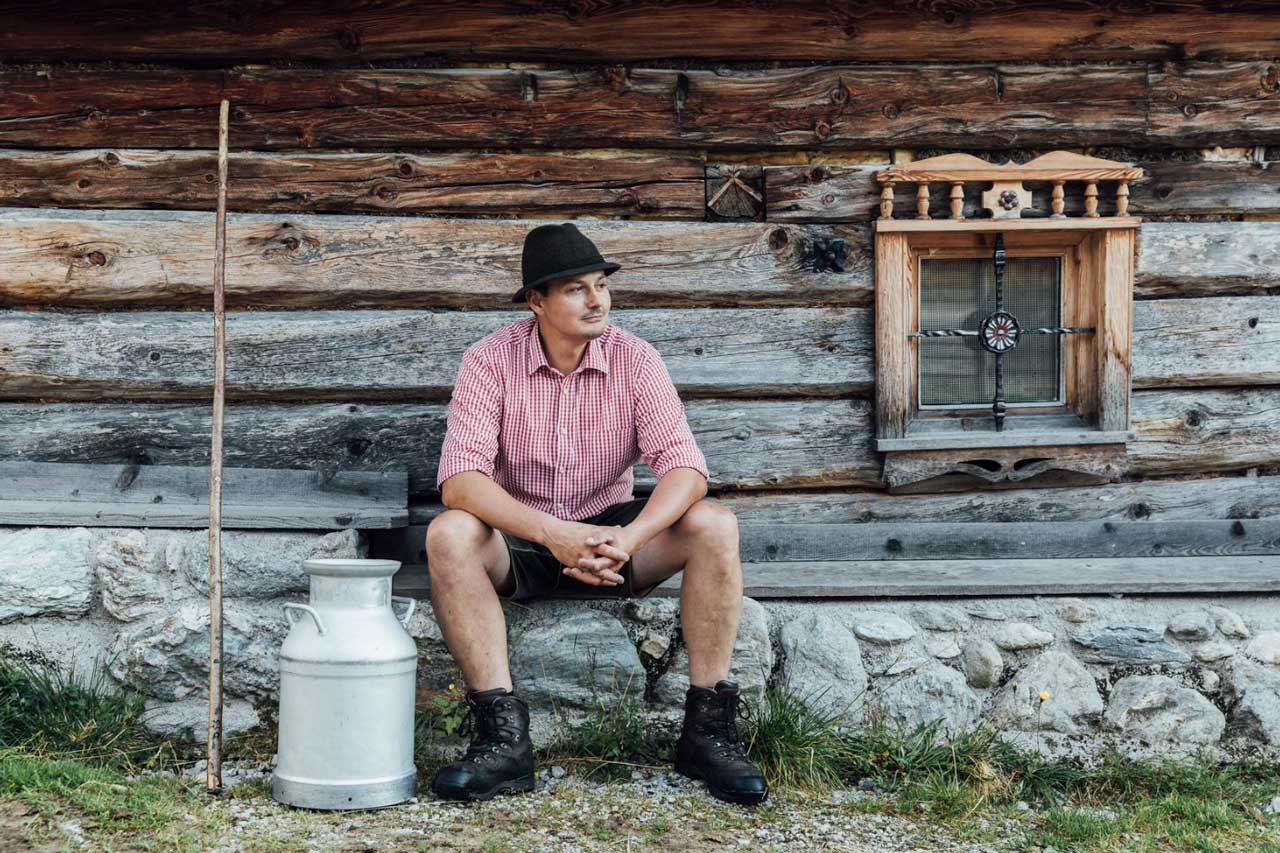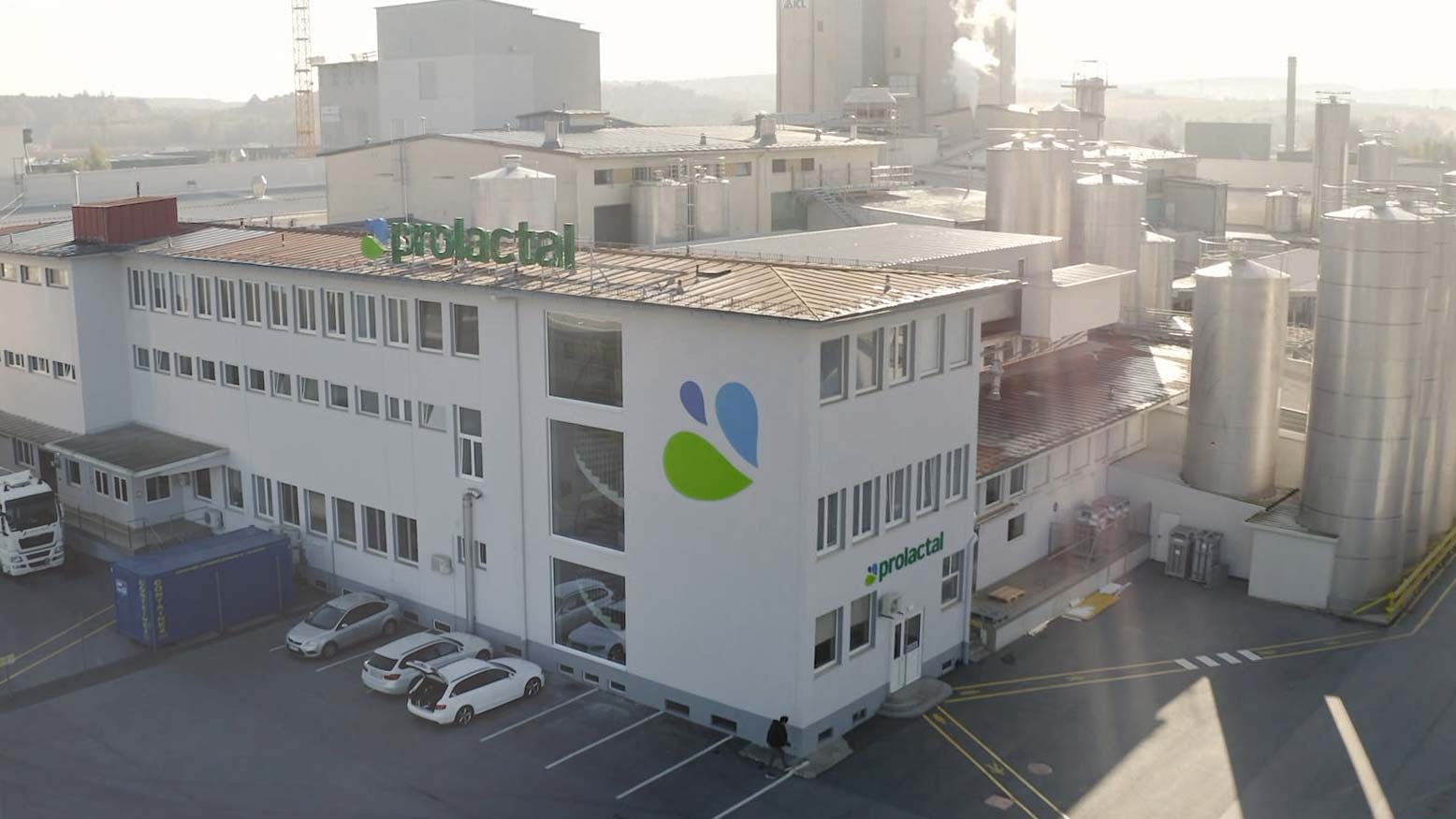The production process in detail
Milk comes from dairy farms mainly scattered across the European Alps. About 70 % of raw material processed at Prolactal is organic milk or whey. As it waits its turn to go through the first stage of processing, and it’s run through a battery of tests to ensure it meets quality standards.
Milk first passes into the evaporator, where about a third of its water is removed. During this process, the milk is pasteurised. The pasteurisation process reduces the bacteria content without heating the milk to the point that it is damaged. If you tried to heat the milk at home in a pan hot enough to accomplish this, you’d scorch the milk.
The milk is then concentrated and dried in spray towers. In the spray drying process in our newest spray tower (Tower 5), the pasteurized and homogenized liquid is atomized in the spray chamber. The evaporated water is discharged through the exhaust air, and the dry powder settles down in the spray dryer, from where it is discharged through a hygienic lock into an external flow bed. The product is further dried, cooled, sieved and then conveyed to storage silos or directly to the BigBag packaging line.
The exhaust air from the spray dryer chamber still contains fine product residues, usually channelled and deposited in cyclones and filters. There the fine product is carried out over locks and returned to the external flow bed.
Several litres of milk are used for the production of one kilogram of milk powder. So, milk is concentrated and contains many of the essential nutrients. Milk powder can be produced from whole milk, skim milk or whey. Skim milk powder, containing a maximum of 1,5 % of fat, is more white in colour. The light yellow whole milk powder contains approximately 26 % of fat, making it more milky and full-bodied than skim milk powder.
What does denaturalisation mean?
To denaturalise means to deprive of proper or true nature. Pasteurization does denature some milk proteins. However, protein denaturation is influenced by the length of time and amount of heat that is applied. Vitamins and proteins are denatured and destroyed when milk is boiled at temperatures above 100 degrees Celsius for over 15 minutes.
Tip for your everyday life: Packaged milk sold in the supermarket is pasteurized and doesn’t require any boiling. Regarding raw milk: Boil for two or three minutes, stirring constantly. This is long enough to make your milk safe to drink.
How to make milk powder at home
Place a fruit roll inserted in the dehydrator tray and pour one cup of milk into each tray. Set the dehydrator at 55°C – 60°C and dehydrate. It will take roughly 12 hours for the milk to dry. After the milk is dehydrated and flaky, crumble it into pieces and blend in a mixer until it forms a powder.
Do you want to know and see more about our production process? Click here to watch our video on YouTube (English subtitles).





